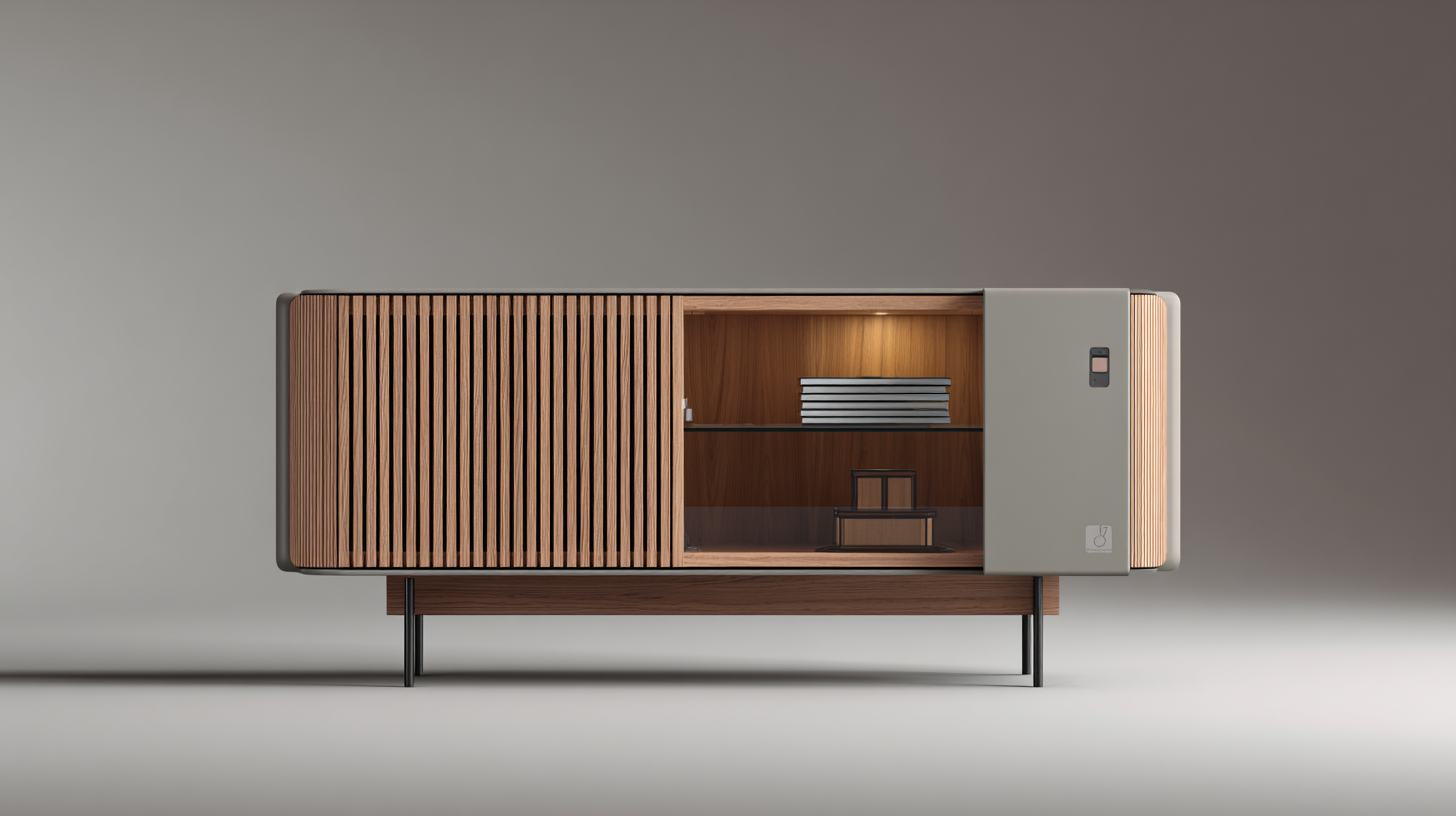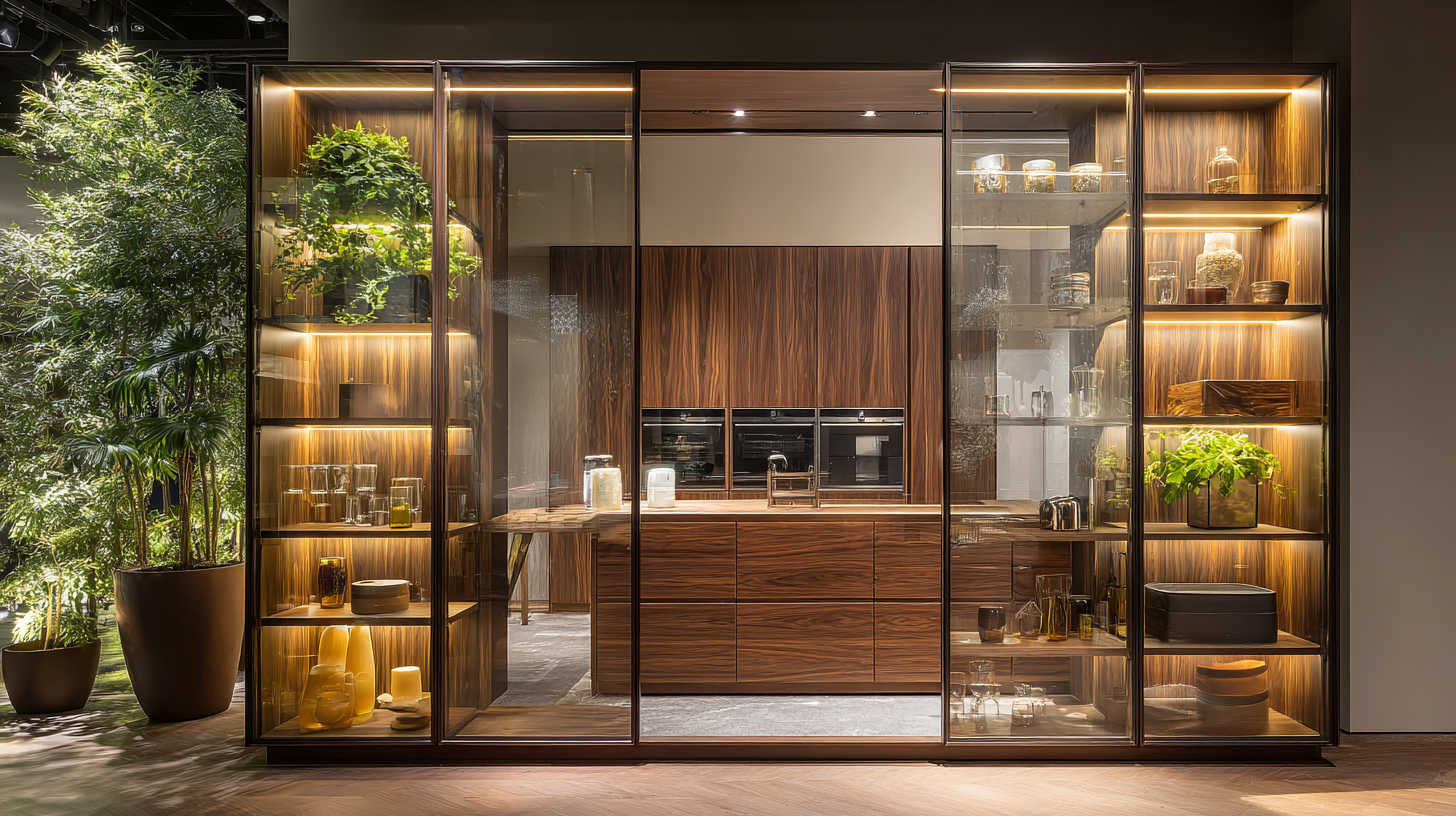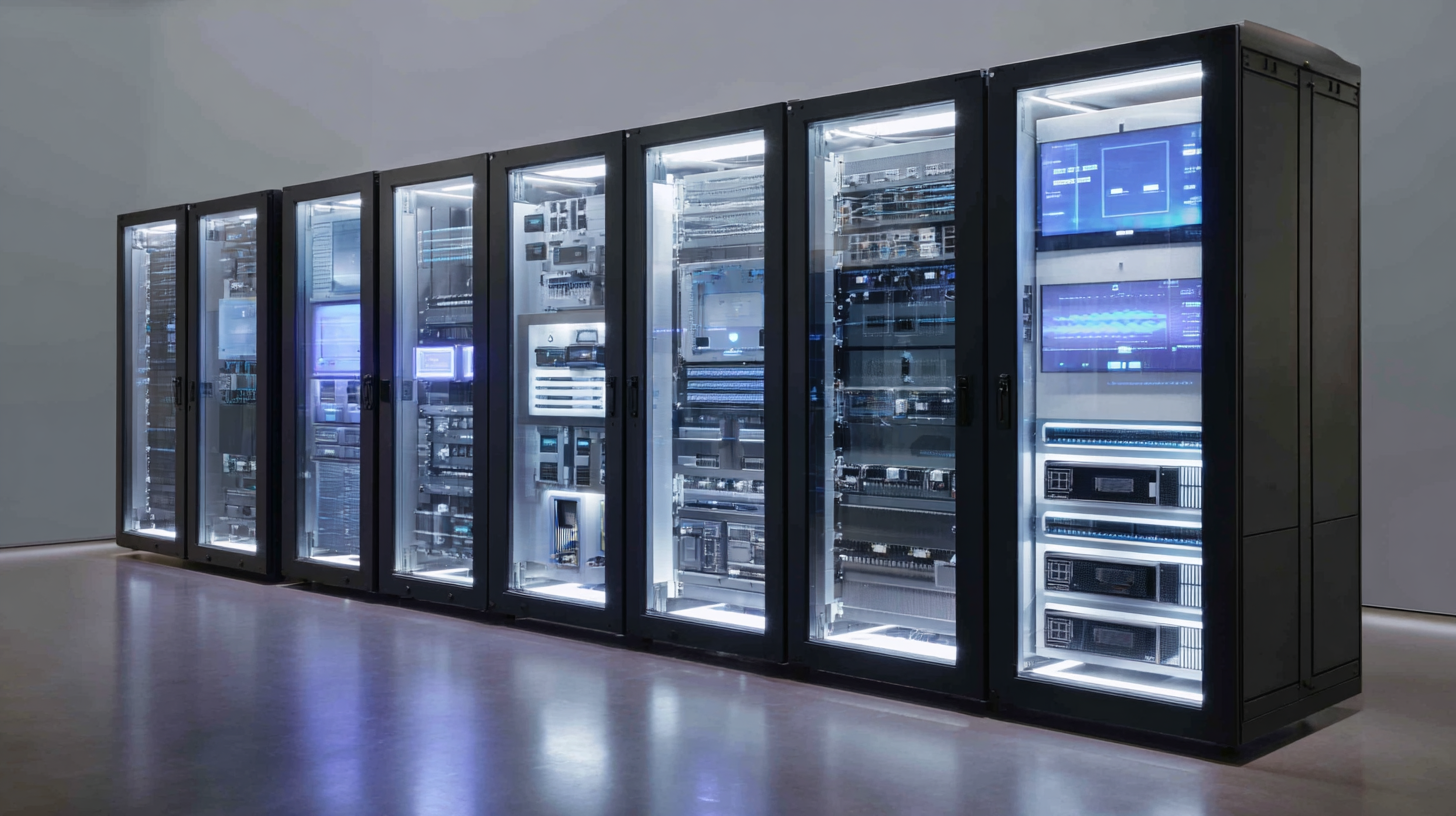As we look toward 2025, the landscape of technology continues to evolve rapidly, influencing various sectors, including furniture design and manufacturing. One prominent trend is the increased demand for high-quality Closed Cabinets, which not only serve functional purposes but also enhance the aesthetic of modern spaces. Choosing the right manufacturers for these cabinets is crucial, as it determines the quality, durability, and innovation of the products offered. This blog will explore future trends in technology that are shaping the production of Closed Cabinets, and provide innovative approaches for identifying and partnering with the best manufacturers. By understanding these trends and strategies, consumers can make informed decisions that align with their needs for style and functionality in their living and working environments.

As we approach 2025, the integration of smart technology into closed cabinet designs is set to revolutionize both functionality and aesthetics in the home. The trend of digital advancement is seen prominently across various sectors, including the construction and interior design industries. Smart cabinets equipped with advanced locking mechanisms that can be controlled via mobile apps are becoming increasingly popular. This not only enhances security but also adds a layer of convenience for users, allowing them to access stored items effortlessly.
In addition to functionality, the design of closed cabinets is evolving to reflect contemporary styles. Elements such as tactile textures and bold colors are on the rise, enhancing the visual appeal of these storage solutions. As the kitchen transforms into a stylish hub of innovation, the addition of smart technology ensures that closed cabinets do not just serve a utilitarian purpose but also contribute to a cohesive, modern aesthetic. Embracing these innovative approaches will help homeowners create spaces that are not only organized but also aligned with the technological advancements shaping our everyday lives.
As we look toward 2025, sustainability continues to be a prominent force steering innovation in cabinet manufacturing. According to a report by Grand View Research, the global green building market is expected to reach over $700 billion by 2027, which highlights an increasing demand for eco-friendly materials. Manufacturers are now adopting sustainable practices like utilizing reclaimed wood and low-VOC finishes to reduce environmental impact. This shift not only satisfies consumer demand for greener options but also ensures compliance with stringent regulations on carbon emissions and waste management.
Moreover, advancements in technology are fostering the development of closed cabinets that are not only functional but also environmentally responsible. Innovations such as water-based adhesives and the incorporation of recycled materials can significantly lower the carbon footprint of cabinet production. A study conducted by the Forest Stewardship Council indicates that products made from certified sustainable sources can reduce energy consumption by up to 40%. As manufacturers embrace these trends, we can expect a more sustainable approach to design and production, ensuring that aesthetics and functionality do not come at the expense of our planet's health.

As we venture into 2025, the integration of the Internet of Things (IoT) within cabinet solutions is set to revolutionize user experience. By infusing traditional storage spaces with smart technology, cabinets will become more than mere furniture; they will evolve into intelligent systems that provide seamless interaction. Imagine a cabinet that can recognize its contents, track usage patterns, and even suggest optimal organization methods. This transformative capability will not only enhance functionality but also cater to the personalized needs of users.
Smart cabinets equipped with IoT sensors can offer data insights on inventory levels and maintenance alerts, ensuring that nothing goes to waste. Additionally, mobile applications can empower users to manage their items remotely, whether it’s adjusting lighting for visibility or unlocking compartments securely. This interactive experience fosters a more efficient home environment, where convenience meets innovative design. As technology advances, the future of cabinets lies in their ability to adapt and enhance our daily lives, pushing boundaries and redefining how we engage with our personal spaces.
| Feature | Current Trend | Predicted Growth (2025) | User Experience Improvement |
|---|---|---|---|
| Smart Connectivity | Increase in IoT devices integration | 45% growth in smart furniture | Personalized user settings for convenience |
| Sustainability | Use of eco-friendly materials | 30% increase in demand for sustainable products | Enhanced brand loyalty among eco-conscious consumers |
| Customization | Modular and adaptable designs | 50% rise in customizable options | Enhanced satisfaction through tailored solutions |
| Safety Features | Integration of smart locks and alerts | 40% increase in security-focused solutions | Peace of mind for users |
| Remote Control | Mobile app integrations for control | 35% growth in app-enabled furniture | Convenience of access from anywhere |
The smart cabinet market is set for explosive growth in the coming years, with projections indicating an increase from $101.12 million in 2024 to a staggering $2.55524 billion by 2032. This remarkable growth reflects a compound annual growth rate (CAGR) of 12.3%, highlighting the rising demand for innovative storage solutions in a technology-driven world. North America is currently leading this booming market, indicating a shift towards smarter, more efficient storage options across the region.
As e-commerce continues to expand, driven by advancements in artificial intelligence and logistics, the need for smart package storage cabinets becomes more apparent. These cabinets not only provide enhanced security and accessibility for package deliveries but also integrate seamlessly with smart technology, optimizing delivery processes for consumers and businesses alike. As we approach 2025, the retail sector is increasingly recognizing the potential of grocery lockers, which are anticipated to grow steadily, suggesting a broader acceptance and reliance on automated solutions in day-to-day operations. The convergence of technology and retail is paving the way for a transformative future in storage solutions.
The landscape of modern closed cabinets is evolving rapidly, driven by technological advancements and the increasing demand for functionality. A comparative analysis of materials used in these cabinets reveals key benefits that influence their design and utility. For instance, the shift from traditional wood to materials like metal and composite offers enhanced durability and security, allowing users to store valuable items more safely. Innovations in locking mechanisms and customizable shelving further demonstrate how material choices can align with user needs for flexibility and ease of access.
Moreover, the transition of cabinets reflects broader trends observed in the digital transformation of libraries. Just as libraries are adopting new technologies to offer more interactive and accessible services, closed cabinets are integrating smart features that cater to modern lifestyles. Touchscreen controls, integrated lighting, and even IoT connectivity are reimagining how storage solutions function, making them not just spaces for keeping items but also interactive experiences that enhance organization and efficiency. This synergy between technology and design underscores the necessity for material consideration in crafting cabinets that meet contemporary demands.

